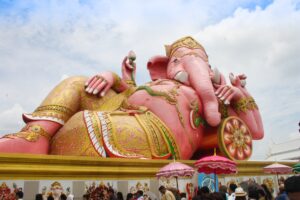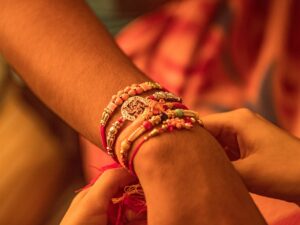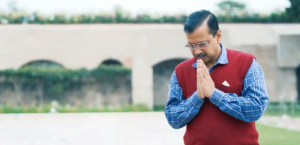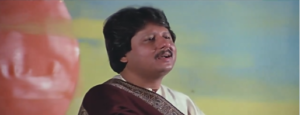India’s Republic Day celebration on 26th January
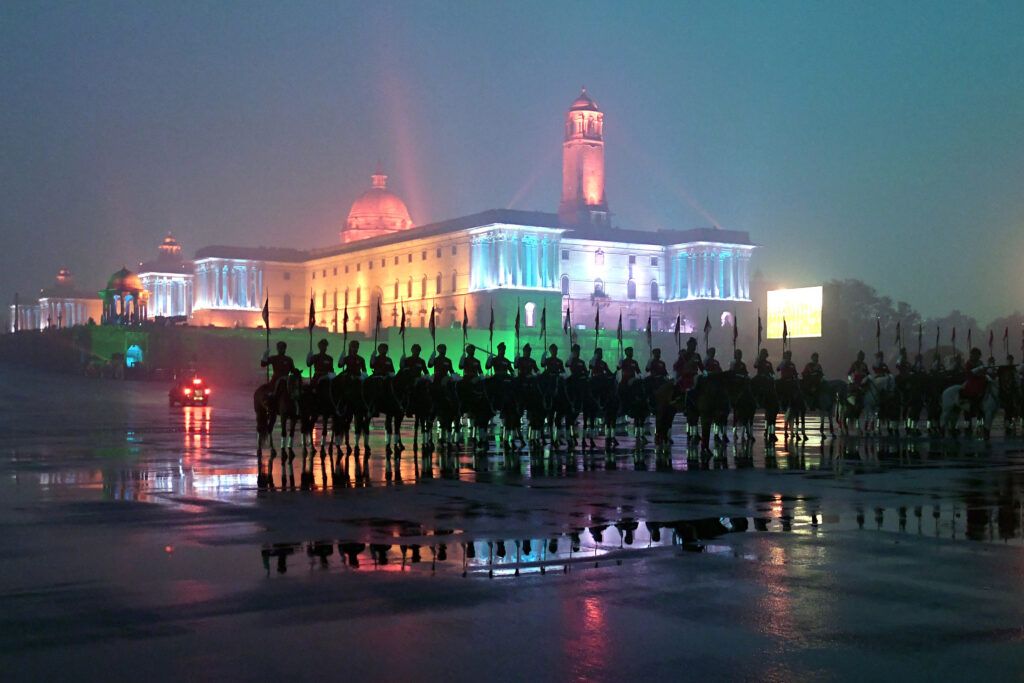
A glimpse of last year ‘Beating Retreat’ ceremony, at Vijay Chowk, in New Delhi.
India’s Republic Day, celebrated annually on 26th January, holds immense significance as the nation commemorates the day its Constitution came into effect in 1950. This event is marked with grandeur, patriotic fervor, and a showcase of India’s rich cultural diversity. Here are 10 key facts you must know about India’s Republic Day celebration:
1. Historical Significance:
Republic Day honors the adoption of the Constitution of India, which replaced the Government of India Act (1935) as the governing document. The Constituent Assembly, led by Dr. B.R. Ambedkar, worked tirelessly to draft and finalize the Constitution, and it was formally adopted on 26th January 1950.
2. The Preamble Reading:
The Republic Day festivities commence with the President of India unfurling the national flag at the historic Rajpath in New Delhi. The event includes the reading of the Preamble to the Constitution as a symbolic reminder of the principles and ideals that guide the nation.
3. Grand Parade at Rajpath:
The centerpiece of Republic Day celebrations is the spectacular parade that marches down Rajpath, showcasing India’s military prowess, cultural heritage, and diverse traditions. The parade typically features colorful tableaus from different states, military displays, and cultural performances.
4. Chief Guest Tradition:
India invites a distinguished foreign dignitary as the Chief Guest for the Republic Day celebrations. This tradition symbolizes diplomatic ties and global camaraderie. Notable past Chief Guests include Nelson Mandela, Barack Obama, and Angela Merkel.
5. Beating Retreat Ceremony:
The celebrations extend to the evening with the Beating Retreat Ceremony at Vijay Chowk. This military ceremony marks the official end of the Republic Day festivities and includes the performance of martial music and the lowering of the national flag.
6. Awarding Gallantry and Civilian Honors:
Republic Day is a time to recognize and honor the bravery and contributions of individuals through the presentation of awards. The prestigious Padma Awards, Param Vir Chakra, and Ashoka Chakra are among those bestowed upon deserving recipients.
7. National Flag Hoisting Across the Country:
Republic Day is not limited to the capital; the entire nation participates in the celebrations. Schools, colleges, government offices, and public spaces hoist the national flag, organizing cultural events to instill a sense of patriotism among citizens.
8. Cultural Extravaganza:
India’s cultural diversity takes center stage during the Republic Day parade, where states and union territories present their unique traditions through vibrant tableaus. Folk dances, music, and art forms from different regions add a colorful dimension to the celebrations.
9. Technological Showcases:
The Republic Day parade incorporates modern technological displays, including military equipment, aircraft flyovers, and innovations in science and technology. This blend of tradition and progress reflects India’s commitment to growth and development.
10. Renewal of Pledge:
Republic Day serves as a reminder of the values enshrined in the Constitution. It is an occasion for citizens to renew their commitment to upholding the principles of justice, liberty, equality, and fraternity, fostering a sense of collective responsibility.
In conclusion, India’s Republic Day is a symbol of unity in diversity, a celebration of freedom, and a reaffirmation of the democratic principles that guide the nation. As the tricolor unfurls, it signifies not only the achievements of the past but also the aspirations for a progressive and inclusive future. The celebrations embody the spirit of a nation that takes pride in its heritage while marching forward towards new horizons.
